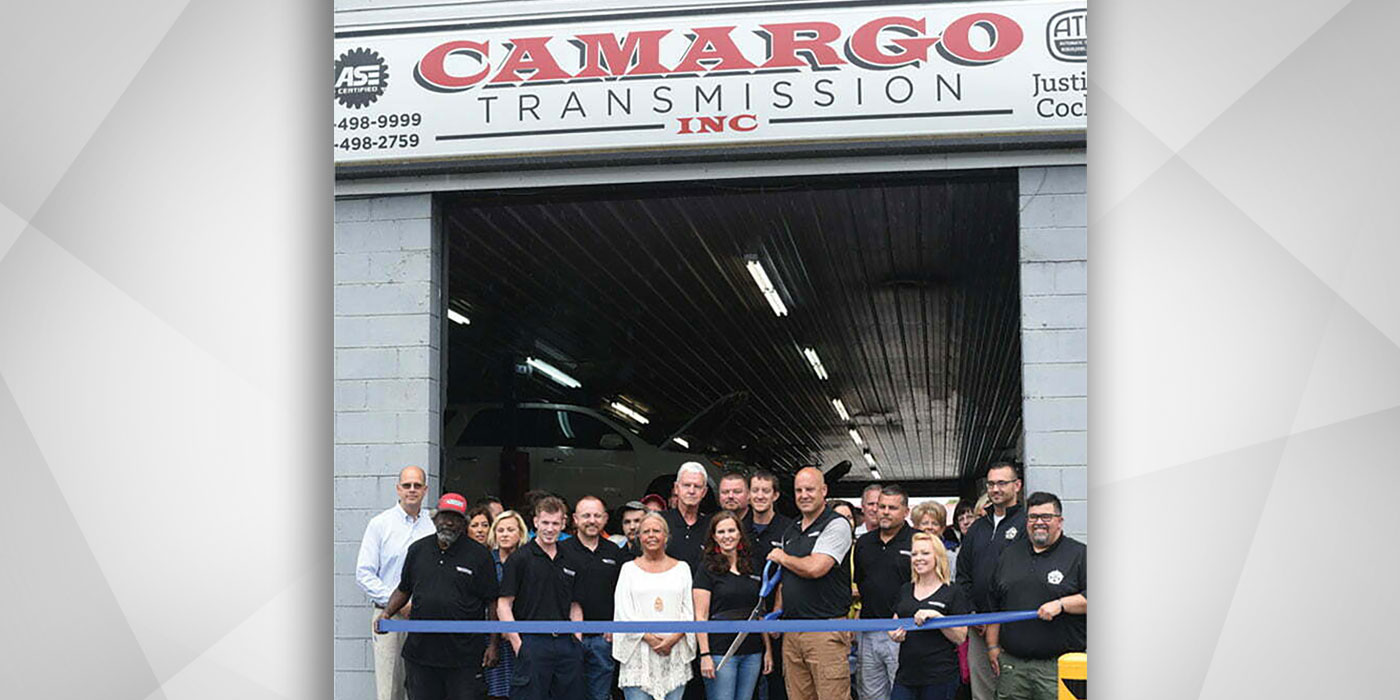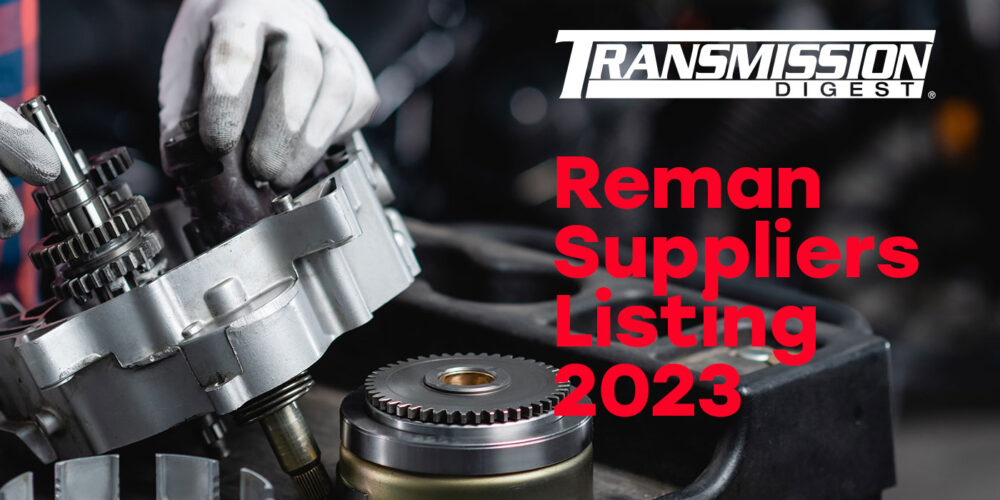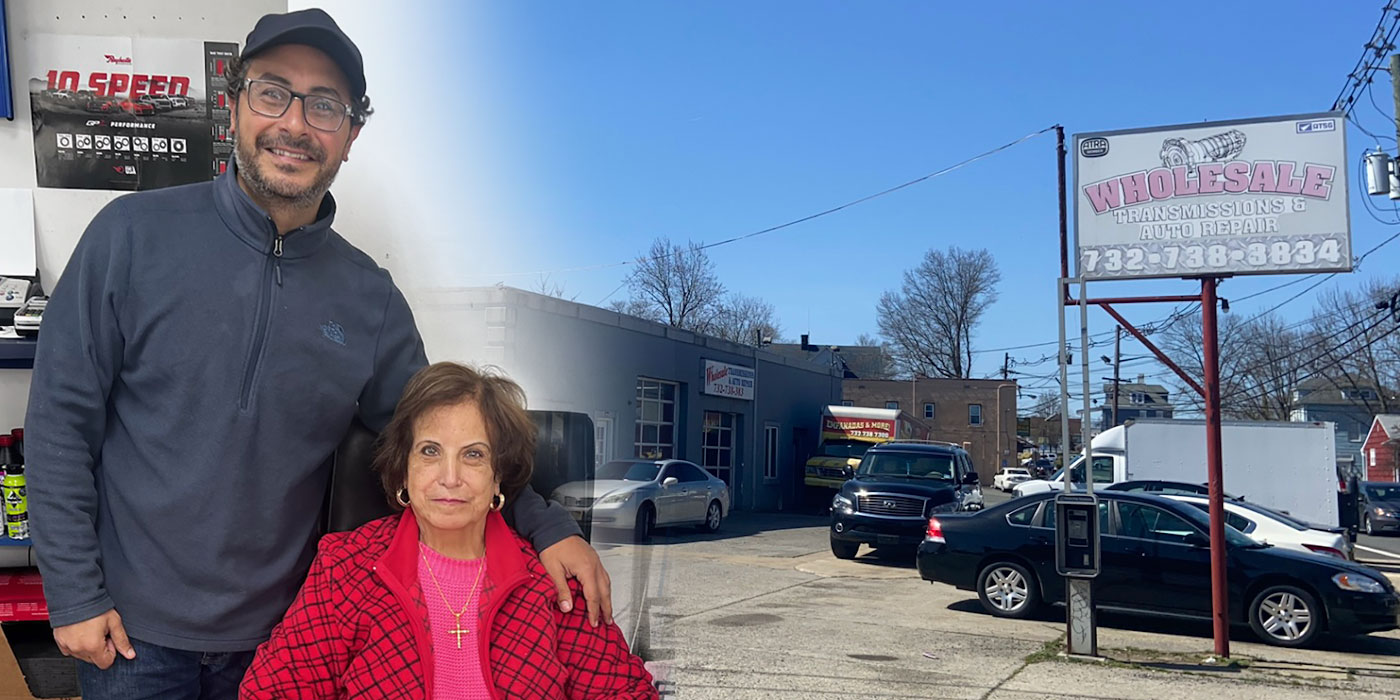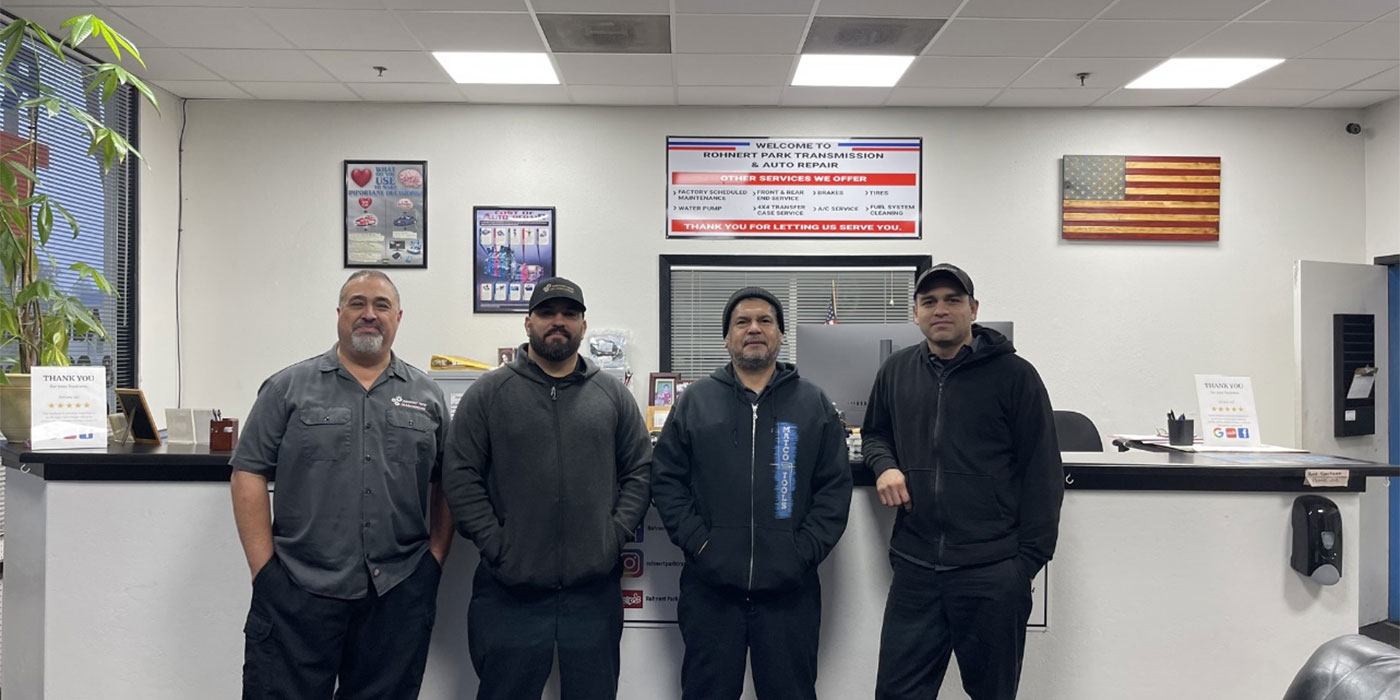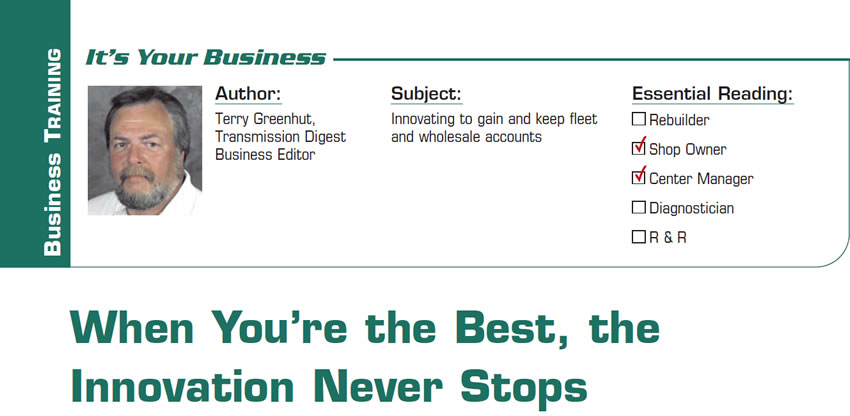
It’s Your Business
- Subject: Innovating to gain and keep fleet and wholesale accounts
- Essential Reading: Shop Owner, Center Manager
- Author: Terry Greenhut, Transmission Digest Business Editor
Many of you in the transmission industry have found that it’s good business to supplement your primary activity with general-repair and maintenance services. When you get really busy with transmission work some of you kick the other activities to the curb to concentrate on the more-lucrative and familiar transmission repairs. I can totally understand and have been guilty of it myself in years gone by. The question is, “Can you still afford to run a hit-and-miss general-repair business or do you have to put forth an extra and ongoing effort to convert those sometime customers to regulars who can help you continually maintain and grow your shop’s income?”
If you want to attract and keep good-sized fleet and wholesale accounts that will stay with you and provide a steady flow of profit, you’ll need to rethink and reposition your business in the marketplace. What you want to remember is that while you are doing this, so are many of your competitors. There are a certain number of accounts to be had and a considerable number of shops going after them. For you to score well you will need to provide a level of service that your competition doesn’t want to or doesn’t have the resources or energy to maintain.

Anyone can wow a new customer, but the wow factor fades quickly, then it becomes a matter of who can keep the service going at a level the customer will continue to accept. Who can always make accounts feel they are being treated uniquely and specially?
Innovating to keep coming up with new ways to attract customers and the dedication to maintaining them every single day are the key factors. That’s tough, because anything you have to do all the time can get to be a major burden unless you relentlessly keep yourself aware of the big picture and the goals you are striving to attain.
A good friend of mine who owns a very successful general-repair business and is a keen observer of the human condition (which you have to be to keep coming up with new and different ways to keep customers happy) has found several ways to stand out from his competition. He provides a super-high level of service and has a unique insight into keeping his accounts happy.
One outstanding service that he provides ensures that fleet customers’ vehicles get serviced on time while allowing him to control the scheduling so he can shoehorn these services in between all the shop’s other activities. First, he needs to get the permission of the fleet manager, but once he does he sets up a routine that’s hard to match. He obtains the cell-phone numbers of the drivers of all the company’s vehicles. When it’s time for an oil change or any other service he calls the individual driver directly to set up the appointment at their mutual convenience. Many times the drivers can wait for the vehicles. Other times they will drop them off, having someone pick them up or bring them a substitute if theirs will be tied up for a while, but because he knows all the particulars of every vehicle in the fleet he can have most, if not all, of the service parts ready and waiting when the vehicle comes in, dramatically reducing downtime. This level of service can be beaten only by servicing the vehicle while it’s going 50 mph down the highway.
How does he promote this wonderful service? He got the idea from actually seeing this with his own eyes: He walked into the office of another automotive shop and saw three company drivers, whose vehicles were in for service, sprawled out asleep in the waiting room. Thinking what a waste of talent and productivity that was, he hired a photographer, staged a similar scene and put the picture on the front cover of his outside-sales brochure with the caption, “It doesn’t matter how much the service is costing you; this is costing you more.” A little farther down the page are the question and answer: “Want your vehicles serviced quickly and at your convenience? Let us show you how we can save you time, money and a whole lot of productivity.”

You may call it a stroke of genius, and it is, but it comes from always being aware of what the world is giving you to work with and having the foresight to take advantage of it. This is a skill developed over a lifetime of identifying customer problems and their solutions.
New York is an “inspection state,” meaning that all vehicles licensed to drive on the streets and highways must be inspected and receive a new windshield sticker each year. In some counties, or if the vehicle is less than two years old, it involves only a safety inspection. In the more-populated areas, after the first two years, it’s an emissions test as well. Should the vehicle fail for any reason the owner has 10 days to get it fixed and re-inspected. If the vehicle owner spends more than $450 on emission repairs and it still won’t pass, a waiver can be obtained that’s good for a year.
In theory, this is a good way to keep the streets safer and the air cleaner. It’s also a huge municipal money maker, because hardly anyone remembers to have it done. If the police stop a vehicle or if a parking-enforcement officer walks by a car and sees an expired sticker, it’s an instant ticket. So it’s a pretty big deal that vehicles be inspected on time. Therefore, my buddy sends out reminder postcards 20 days before the inspection is due. Finding out after a while that many customers were still not responding, he began to call anyone who did not come in for the inspection within a week of when it was due, thus saving many of his customers hundreds of dollars in fines.
These state-mandated inspections are a fantastic tool to allow a shop to thoroughly check a vehicle and recommend all necessary services and repairs, yet many shops don’t want anything to do with them. They would sooner give up the opportunity to make good sales than to have any government agency looking over their shoulder. Of course, it’s their choice, but if they are operating in the customer’s best interest they should have nothing to fear and a whole lot to gain.
How does he use this free notification service to attract and keep customers? He guarantees that if they are a regular customer, are not notified and get a ticket, he will pay it. Of course, he prints a list every week of all the postcards sent and logs the phone calls when they are made so if he’s ever accused of not making the notification he has the proof that he did.
One more very important consideration in his method of dealing with his fleet accounts is to be constantly vigilant about their total spending. He doesn’t want them to ever get the feeling that they are paying him so much that they can easily find another shop to do it cheaper. Following this line of reasoning he often asks his technicians the question, “Does it really need it now?” If the answer comes back “yes,” he sells it; if not, or if the vehicle can get by without it for a while, he doesn’t. He calls it “walking the tightrope,” and it is. He strikes a delicate balance that allows the shop to make money and at the same time doesn’t make the fleet customers think they are being gouged or need to look elsewhere for service.
Although I’ve always believed in giving the customer the opportunity to buy, offering them all the repairs and services they need at once, I’ve also learned that fleet accounts are a little different. Their vehicles are in your shop at least every three months for regular servicing, if not more often when they need repairs. So if you don’t get a chance to sell it to them today, you will tomorrow. So have patience, be fair, and the additional sales will come to you because you are smart enough not to kill the goose that lays the golden eggs.

Terry Greenhut, Transmission Digest Business Editor. Visit www.TerryGreenhut.com.




